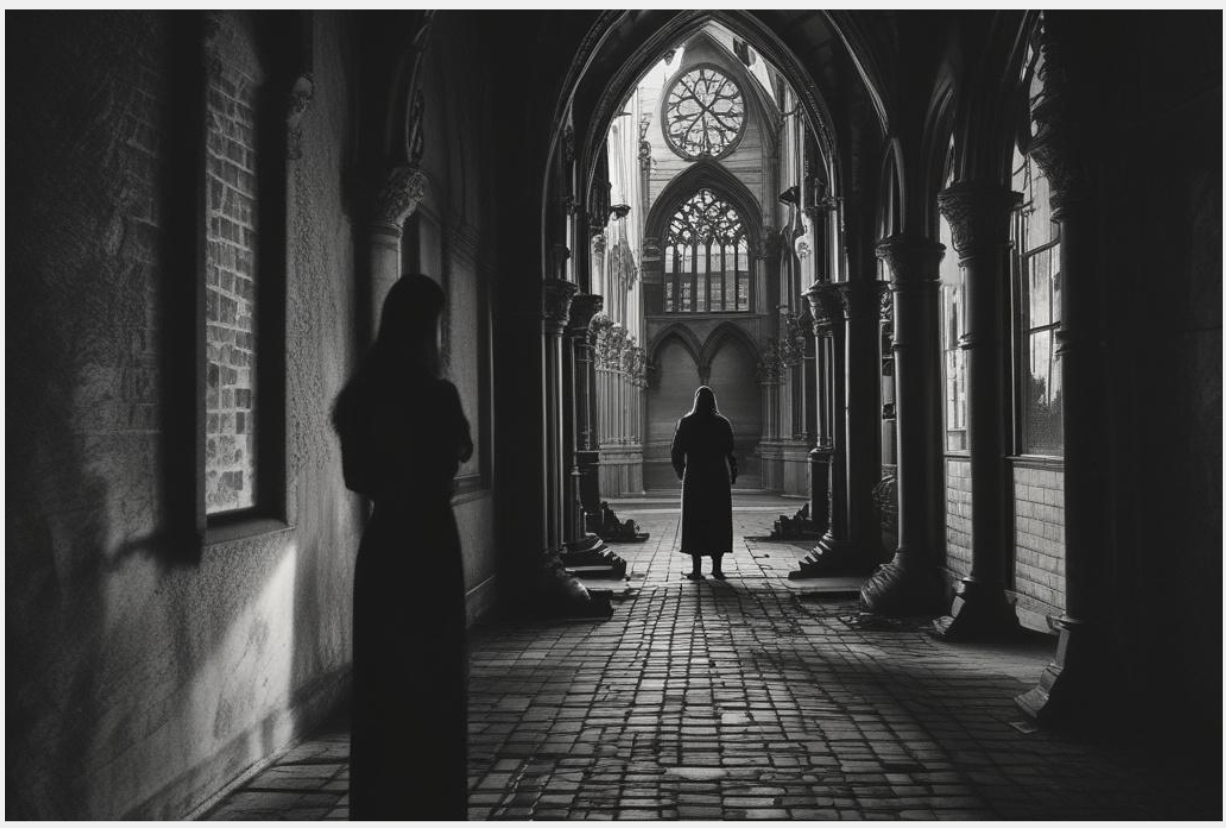After receiving a terminal cancer diagnosis, Leonardo is approached by the enigmatic Sade. She orchestrates his night escape and makes all the arrangements needed so that he can leave the real world with a perfectly structured vanishing plan. Leonardo’s main intention is to make his family think that he died in a car accident, avoiding them a long suffering due to his irremediable disease.
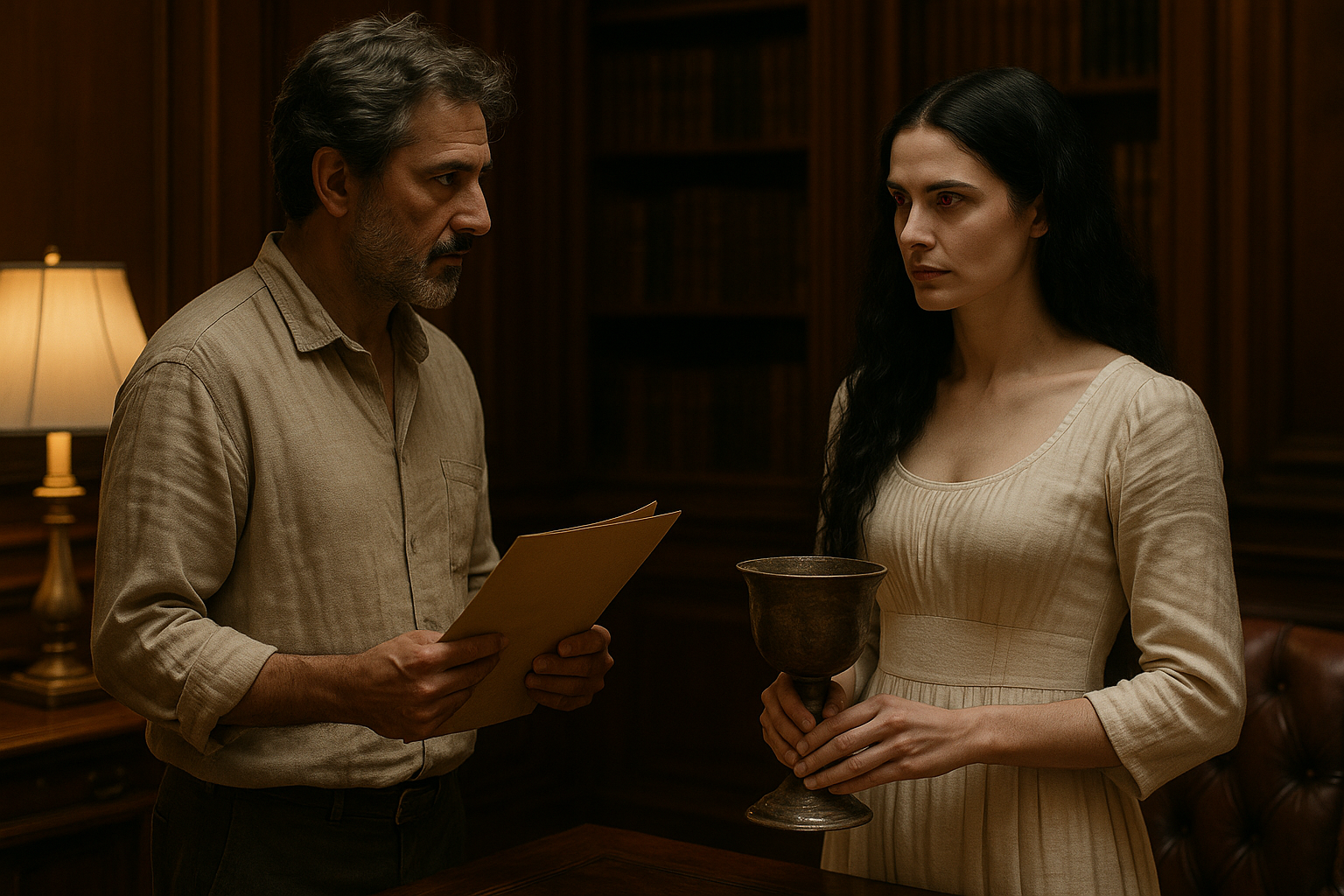
Sade gives Leonardo the chance to witness his own funeral disguised as an old man on a wheelchair. This initial sequence is packed with high emotional stakes, mystery, and a surreal quality. The visual of Leonardo watching his own death unfold on television is inherently cinematic and unsettling. Sade's introduction as a powerful, almost supernatural figure offering an impossible choice is a strong hook. It sets up the central premise with a blend of personal tragedy and fantastical escape.
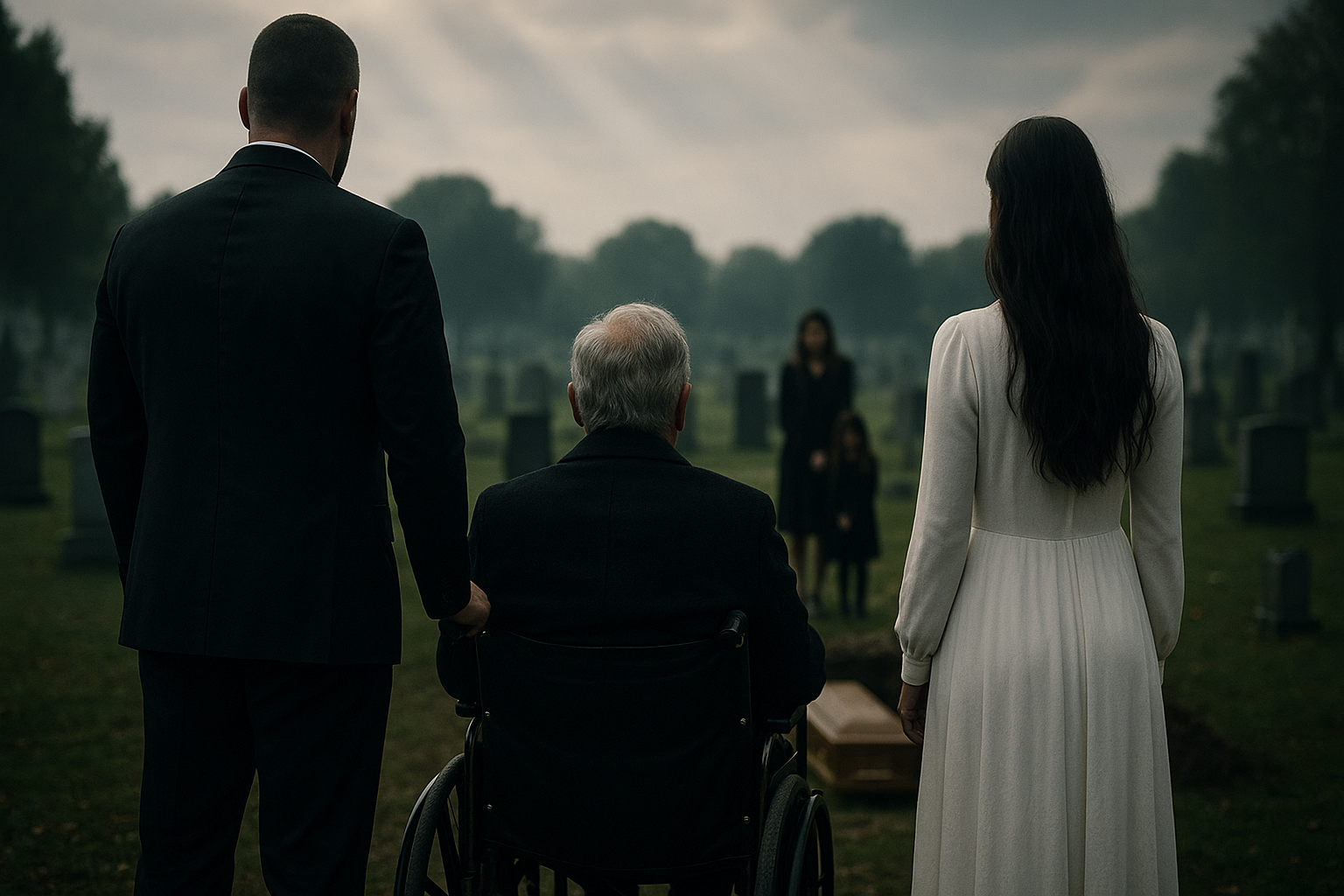
Leonardo with Sade arrives at the imposing, ancient Nazar Castle in Romania, where he is received by Milan and Jack. He undergoes unsettling initiation rituals: his fingerprints are chemically removed, he takes a symbolic rebirth bath in mystical thermal waters, and his old clothes are burned. The visual reveal of the Castle itself would be a grand, atmospheric moment. The initiation rituals are visually distinct and symbolic, creating a sense of transformation and entry into a hidden world. The acid on the fingerprints and the mystical bath offer strong visual and sensory details that can be powerfully portrayed, highlighting the irreversible nature of his decision.
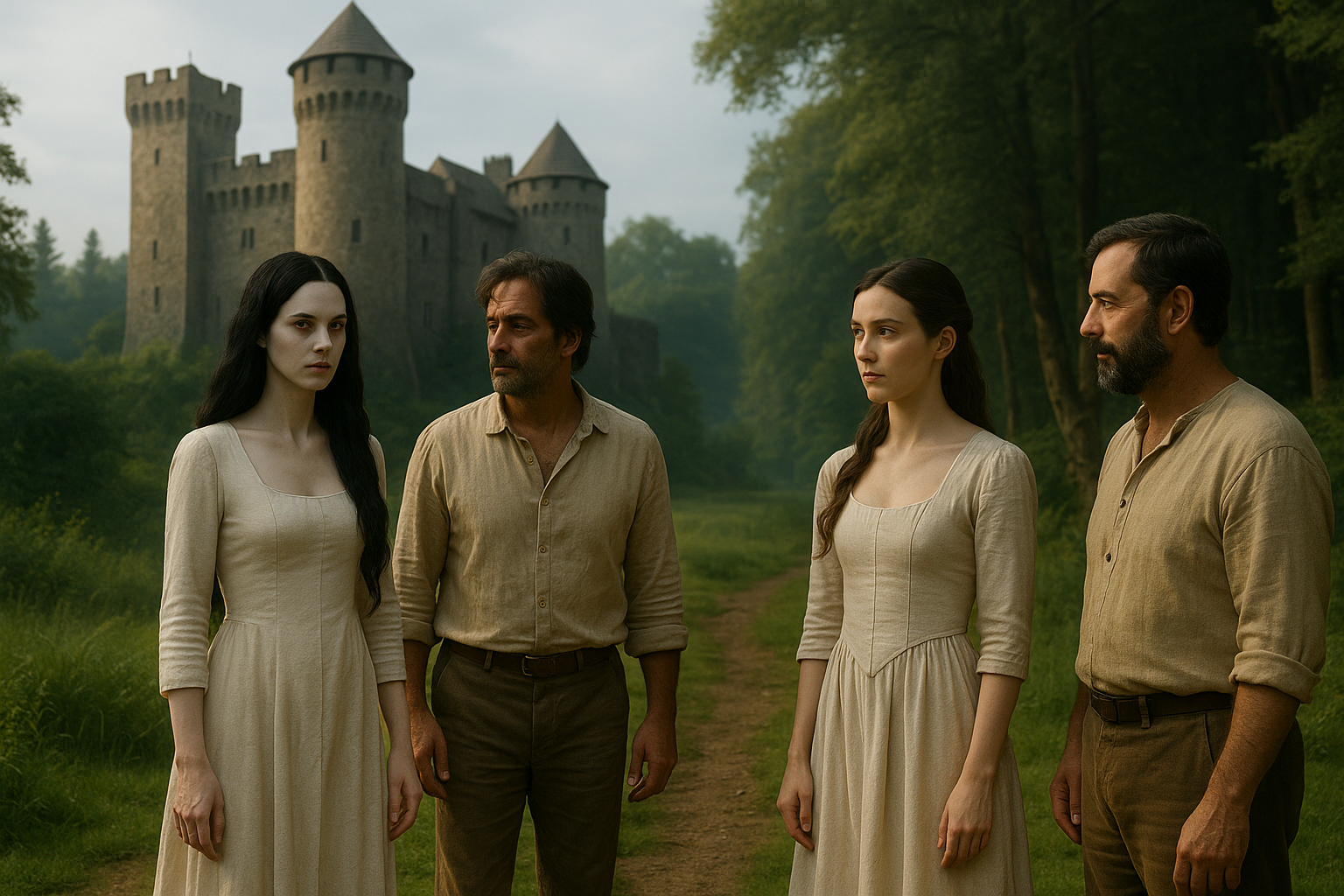
The people recruited worldwide by Sade that are now living in the Castle are known as the isolated ones.
The statue of Sade in the chapel seems to subtly change. This scene offers immense potential for unique visual and sound design. It establishes the mystical, possibly supernatural, nature of the Castle and Sade's power. The "alien-like" figures and transformative visions can be visually stunning and deeply unsettling, creating an atmosphere of awe and mystery that would intrigue audiences.

Living in the Castle is full of social experiences. Sade, Milan and Jack lead daily activities for them, like meditations, yoga, chapel sessions, group meetings, and different group dynamics start to take place.
With isolated ones from dfferent ethnicities and nationalities from all over the world, recruited by Sade herself.
Soon, the isolated ones will find that they are somehow connected to each other.
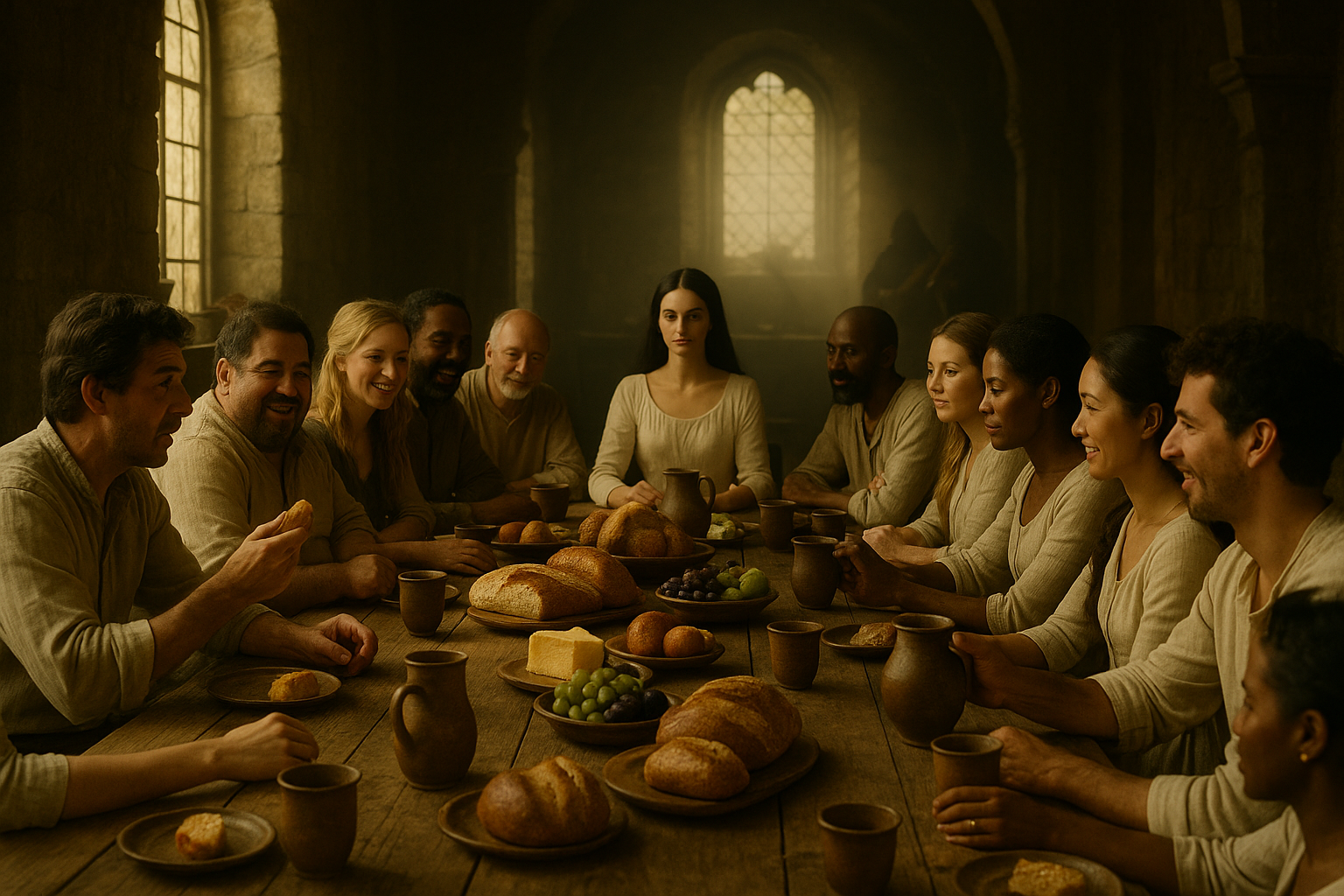
Leonardo and Yumiko discover a hidden library in the catacombs beneath the Castle, filled with legendary and lost historical artifacts: Hitler's fake passport, the Nails of the Cross, the Ark of the Covenant, Excalibur, the Voynich Manuscript, etc.
But more, the library in the catacombs was hiding personal documents and information on all the isolated ones. This is a classic "treasure hunt" or "ancient secrets" trope with enormous visual potential. Each artifact offers a mini-story and a visual spectacle.
The sheer scale of the discovery and the implications of these items existing together would be awe-inspiring and create a sense of wonder and grand adventure.

After finding that COVID is killing the world, Klaus and Emily attempt to flee the Castle but are violently repelled by an invisible force. Each time they try, they age significantly in mere moments, their bodies rapidly deteriorating.
This scene offers a unique and terrifying visual. The rapid aging effect can be achieved through stunning makeup and CGI, creating a memorable and horrifying sequence.
It powerfully demonstrates the inescapable nature of the Castle and the cruel consequences of defiance, adding a body horror element.
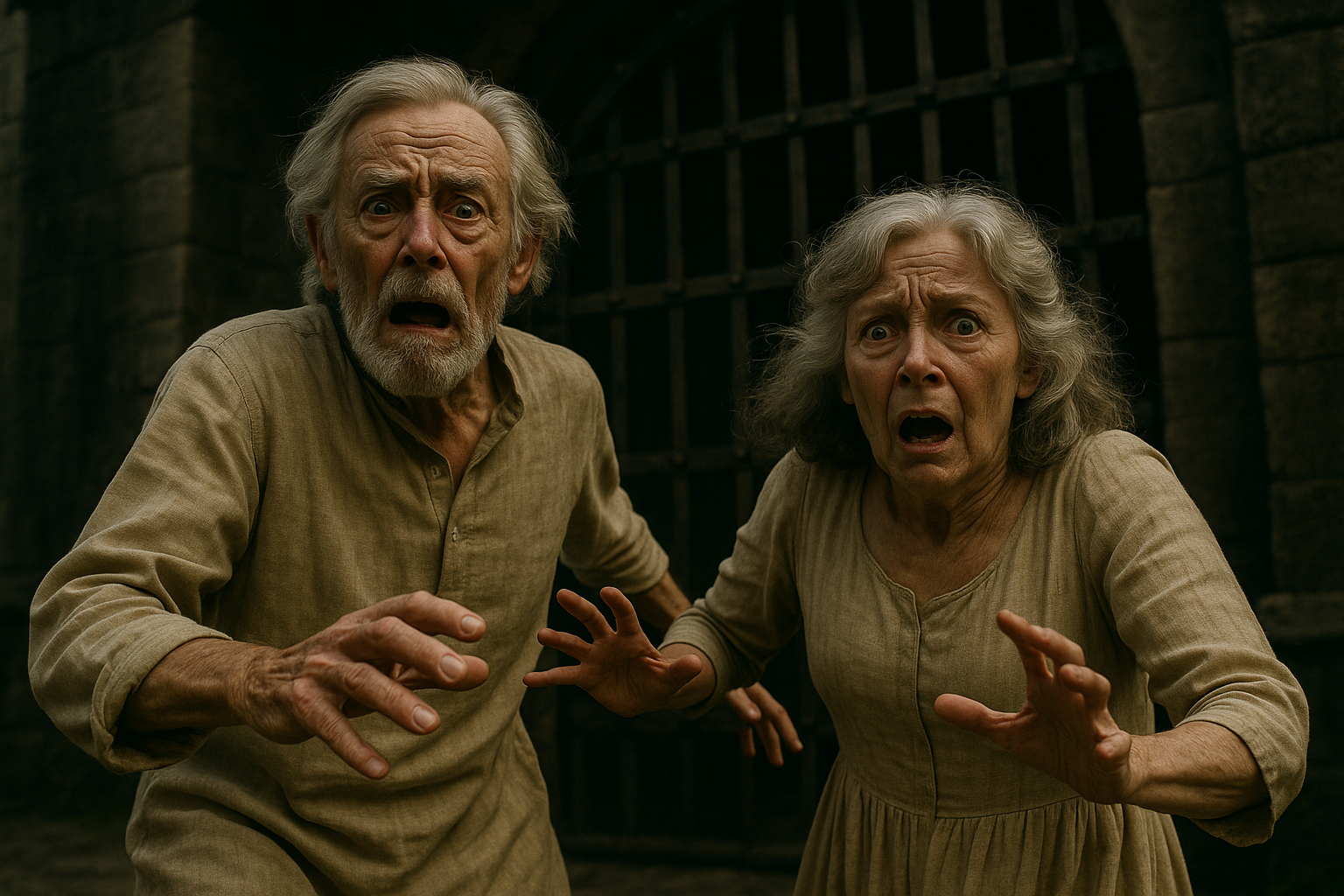
At some point, there will be conflict between the characters.
Isolation comes with secrets.
Secrets come with trouble.
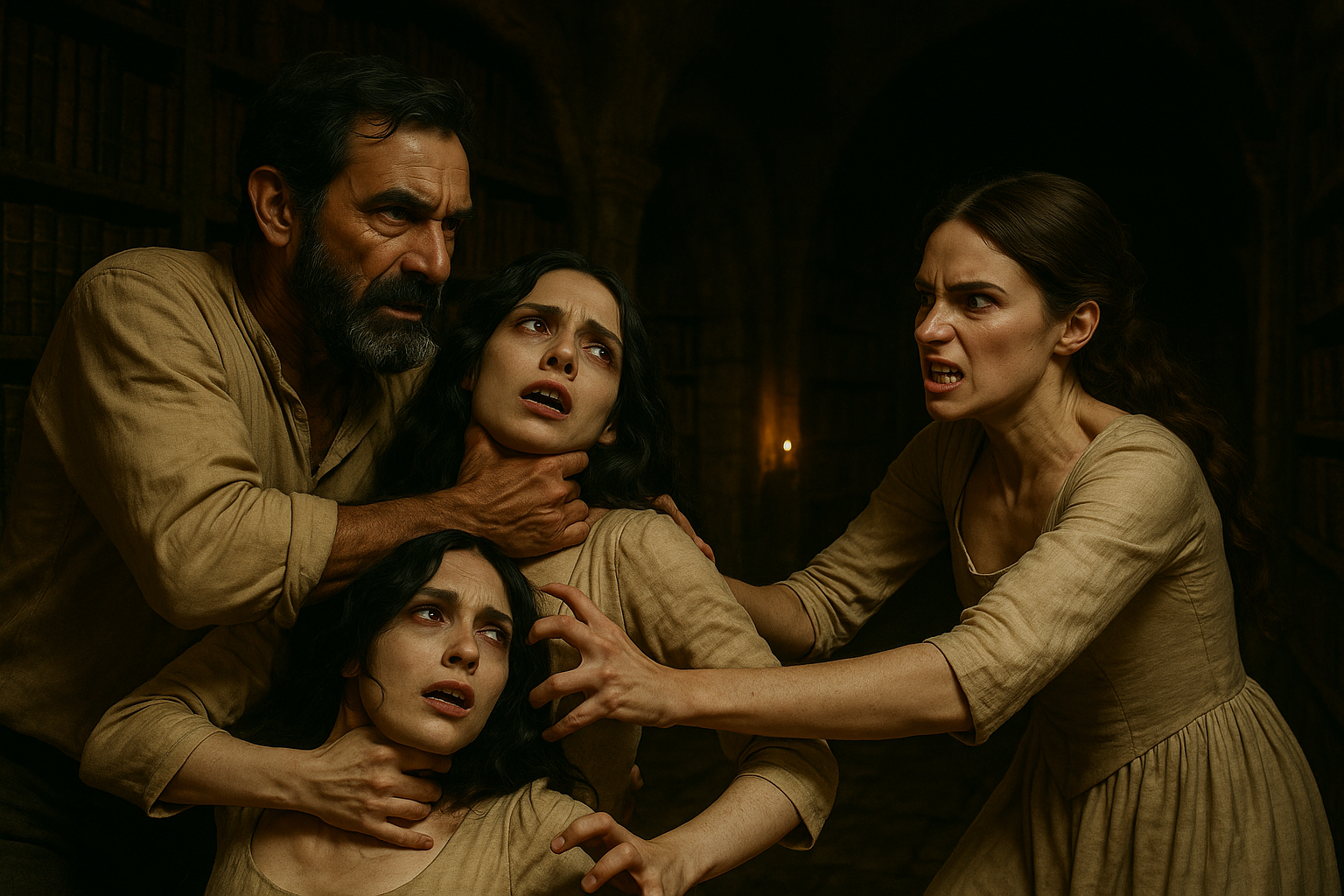
The novel is full of exciting scenes and tells how relationships are created between all the characters.
There are many highly symbolic and emotionally charged events happening during the reading.
The final scenes promises intense emotional impact and striking, potentially controversial, imagery.
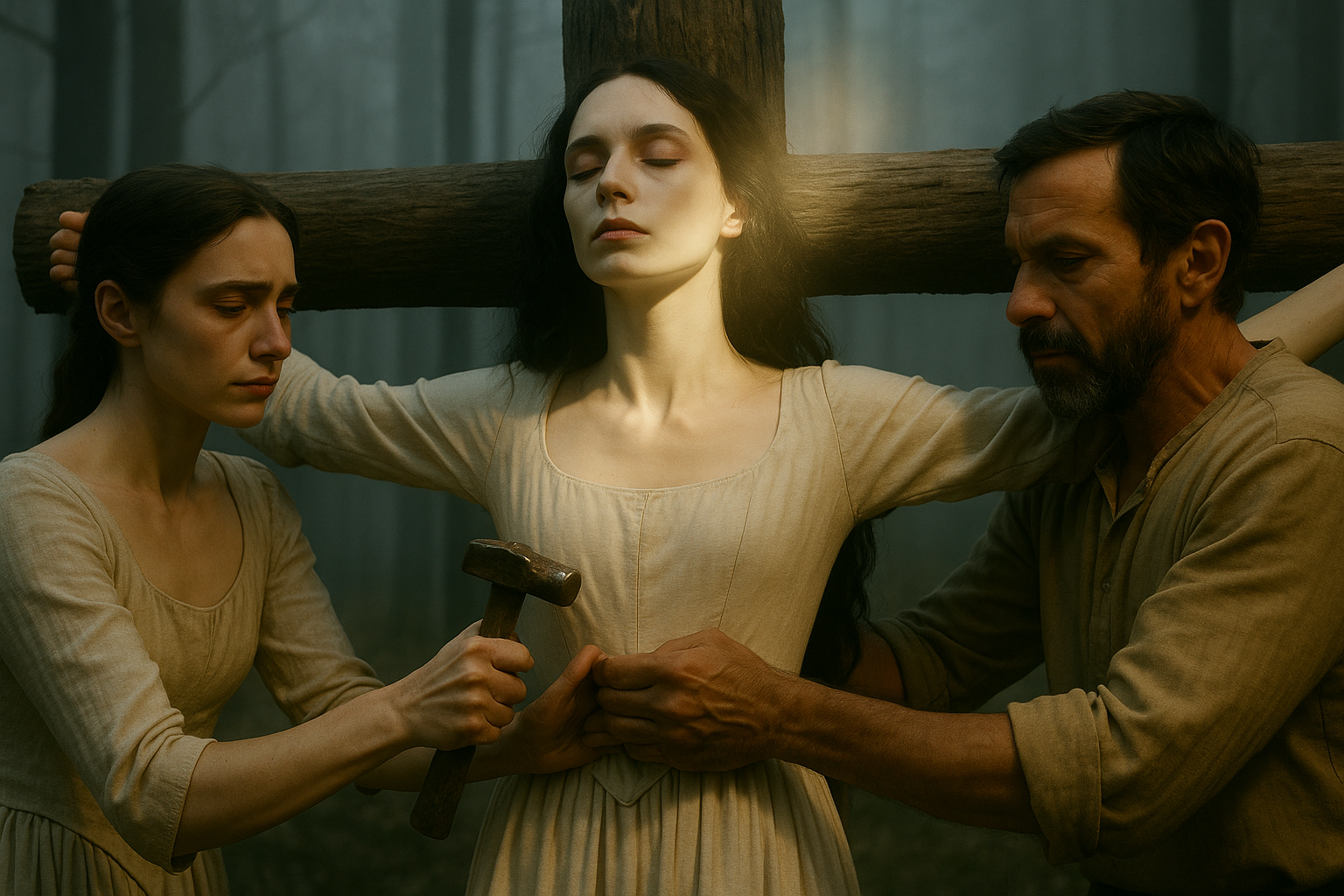
On the third day after her crucifixion and death, Sade's lifeless body, still on the cross, begins to menstruate.
This is an extremely bold, shocking, and symbolic image. It subverts traditional religious iconography and offers a visceral, unforgettable visual that would generate significant discussion and intrigue.
It’s a moment designed to be provocative and thematically rich, blending the sacred with the profane in a visually strong imagery.
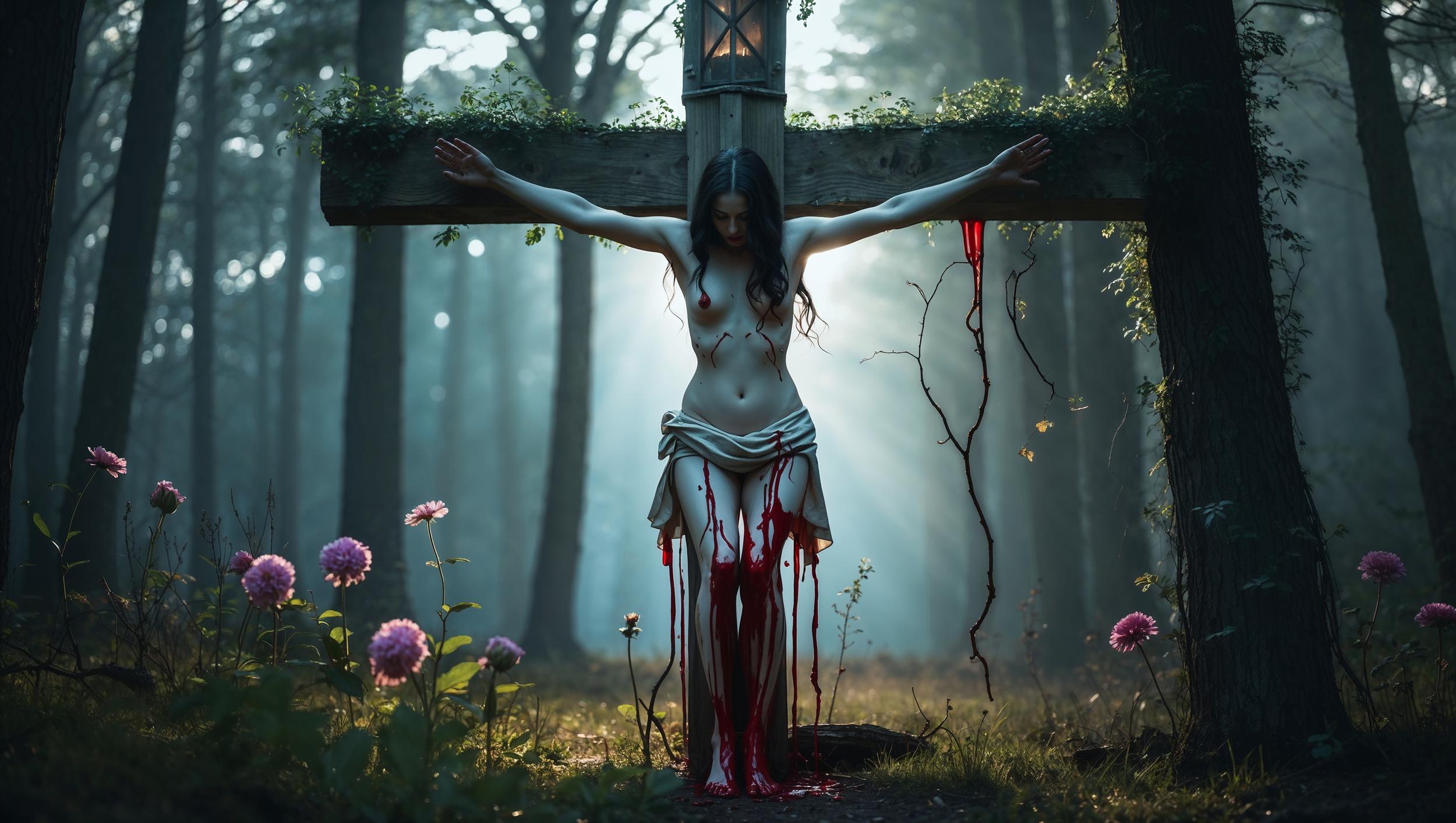
The Forbidden Chapter. Milan and Elías hold a secret dinner on the night of Sade’s crucifixion.
This chapter is not included in the original manuscript, this knowledge has to be found by the reader in the
